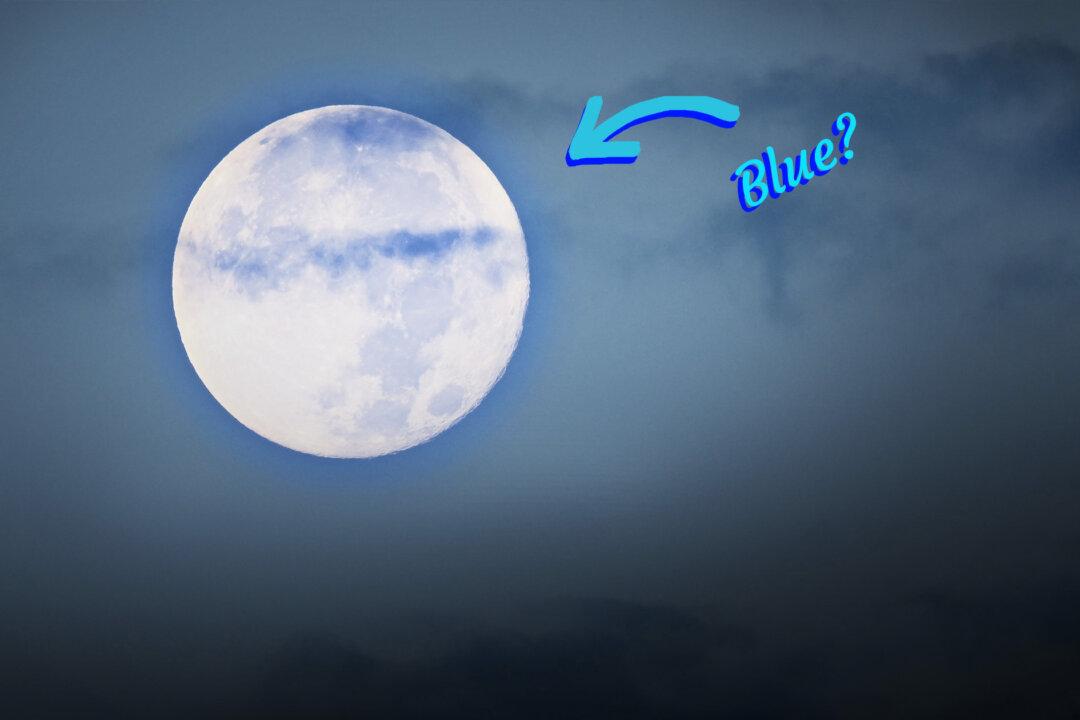Very rarely. Almost never. “Once in a blue moon.”
The idiom denotes something that happens hardly ever. Yet blue moons are more than a figure of speech, as this month of August is about to prove.

Very rarely. Almost never. “Once in a blue moon.”
The idiom denotes something that happens hardly ever. Yet blue moons are more than a figure of speech, as this month of August is about to prove.